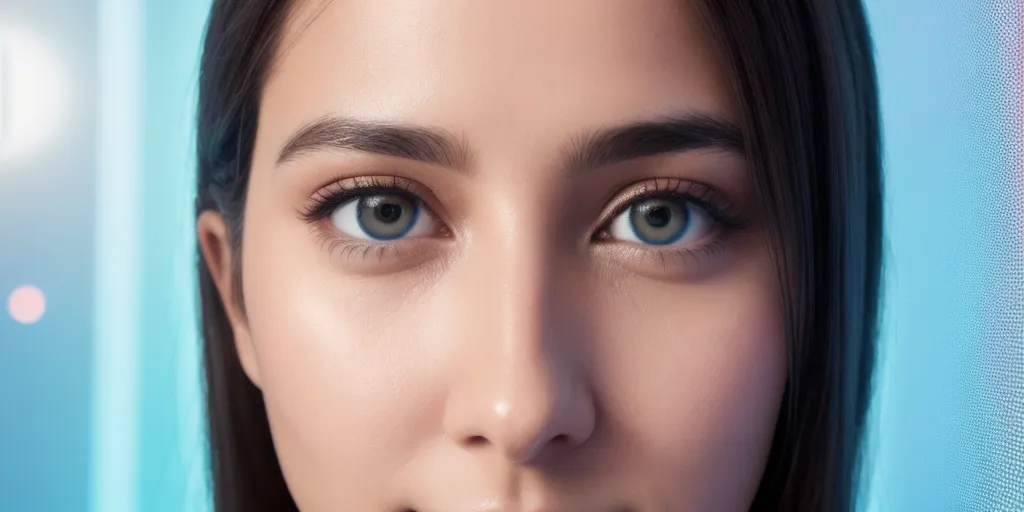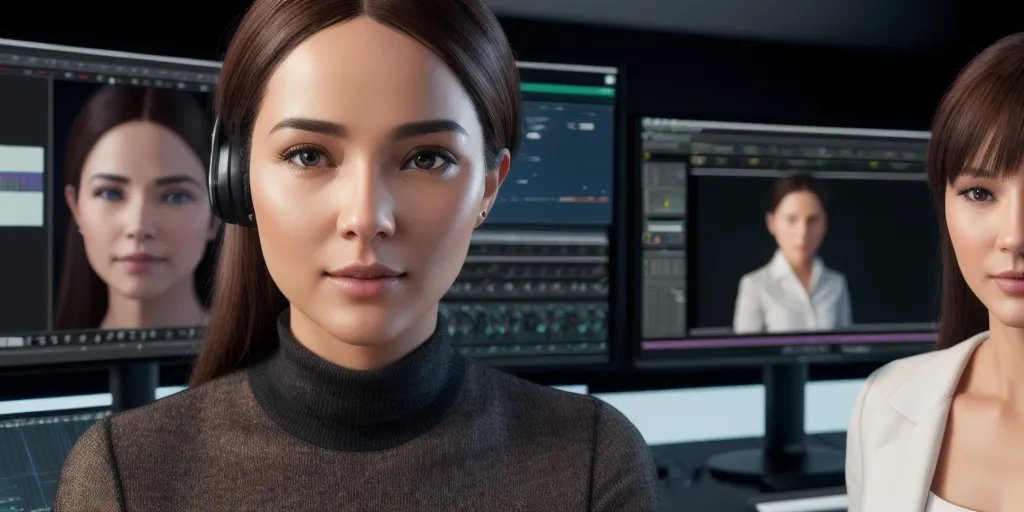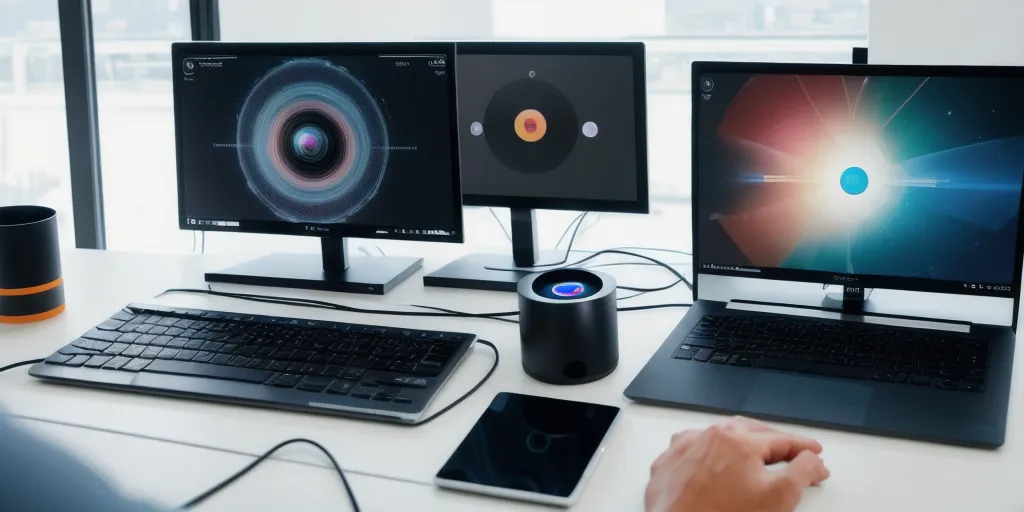Creating an AI video of someone involves utilizing artificial intelligence technology to generate a realistic video of a person. To achieve this, you will need a collection of images or videos of the individual you want to create the AI video of.
These images or videos will serve as the training data for the AI model. Next, you will need to choose a deep learning algorithm, such as a Generative Adversarial Network (GAN), to generate the video. The AI model will analyze the training data and learn the facial features, expressions, and movements of the person to create a lifelike video.
Additionally, you can use software tools like DeepFaceLab or FakeApp to assist in the video creation process. It is important to note that creating an AI video of someone without their consent may raise ethical concerns and legal issues, so it is crucial to obtain permission before proceeding.
By following these steps and utilizing the appropriate tools, you can successfully make an AI video of someone with realistic results.
What steps are involved in creating an ai video of a person?

Creating an AI video of a person involves several key steps to ensure a realistic and accurate representation. The first step is to gather high-quality images or videos of the person from various angles to capture their facial features and expressions.
Next, these images or videos are processed using computer vision algorithms to create a 3D model of the person’s face. This model is then animated using AI technology to mimic the person’s movements and expressions. Additionally, voice cloning technology can be used to generate realistic speech for the AI video.
Once the animation and voice cloning are complete, the final step is to render the video to enhance visual quality and realism. Throughout this process, it is important to fine-tune the AI algorithms to ensure that the video accurately reflects the person’s appearance and mannerisms.
By following these steps, a lifelike AI video of a person can be created, opening up a world of possibilities for entertainment, marketing, and communication.
How can artificial intelligence technology be used to generate realistic videos of individuals?

Artificial intelligence technology can be used to generate realistic videos of individuals through a process known as deepfake technology. Deepfake technology utilizes machine learning algorithms to manipulate and superimpose images and videos of individuals onto existing footage, creating a seamless and realistic result.
By analyzing and learning from vast amounts of data, AI algorithms can accurately mimic facial expressions, movements, and speech patterns to make the generated videos appear authentic.
This technology has various applications, including in the entertainment industry for creating digital doubles of actors or in the advertising sector for personalized marketing campaigns. However, there are ethical concerns surrounding deepfake technology, as it can be misused to create fake news, misinformation, or malicious content.
To address these concerns, researchers are developing detection tools to identify deepfake videos and prevent their spread. Overall, artificial intelligence technology offers a powerful tool for generating realistic videos of individuals, but it is essential to use it responsibly and ethically.
What tools and algorithms are necessary to make an ai video of someone?

To create an AI video of someone, several tools and algorithms are necessary to ensure a realistic and accurate representation. Firstly, a high-quality video recording device is essential to capture the subject’s movements and facial expressions with clarity.
This could be a professional camera or even a smartphone with a good camera quality. Additionally, a powerful computer with sufficient processing power is needed to run the AI algorithms effectively. Software programs such as deep learning frameworks like TensorFlow or PyTorch are commonly used to train the AI model to recognize and replicate the subject’s features and movements.
Facial recognition algorithms play a crucial role in identifying key facial landmarks and expressions to create a lifelike representation of the individual. Motion capture technology can also be utilized to track body movements and gestures accurately.
Overall, a combination of hardware and software tools, along with advanced algorithms, is necessary to create a convincing AI video of someone that accurately captures their appearance and behavior.
Why is it important to obtain consent before creating an ai video of a person?

Obtaining consent before creating an AI video of a person is crucial for several reasons. Firstly, it is essential to respect an individual’s right to privacy and autonomy. By obtaining consent, you are acknowledging their ownership of their image and ensuring that they have control over how it is used.
This helps to prevent any potential harm or misuse of their likeness without their knowledge or approval. Additionally, obtaining consent promotes transparency and trust between the creator of the AI video and the person being depicted.
It allows for open communication and ensures that both parties are aware of how the AI video will be used and distributed. Furthermore, obtaining consent is also important for legal reasons, as it helps to protect against potential legal issues such as copyright infringement or violation of privacy laws.
Overall, obtaining consent before creating an AI video of a person is not only a matter of ethical responsibility but also a way to uphold respect, trust, and legal compliance in the creation and use of AI technology.